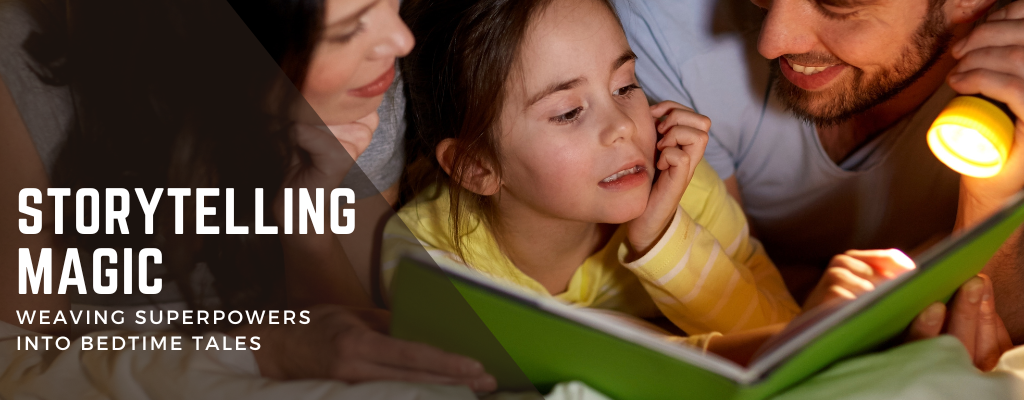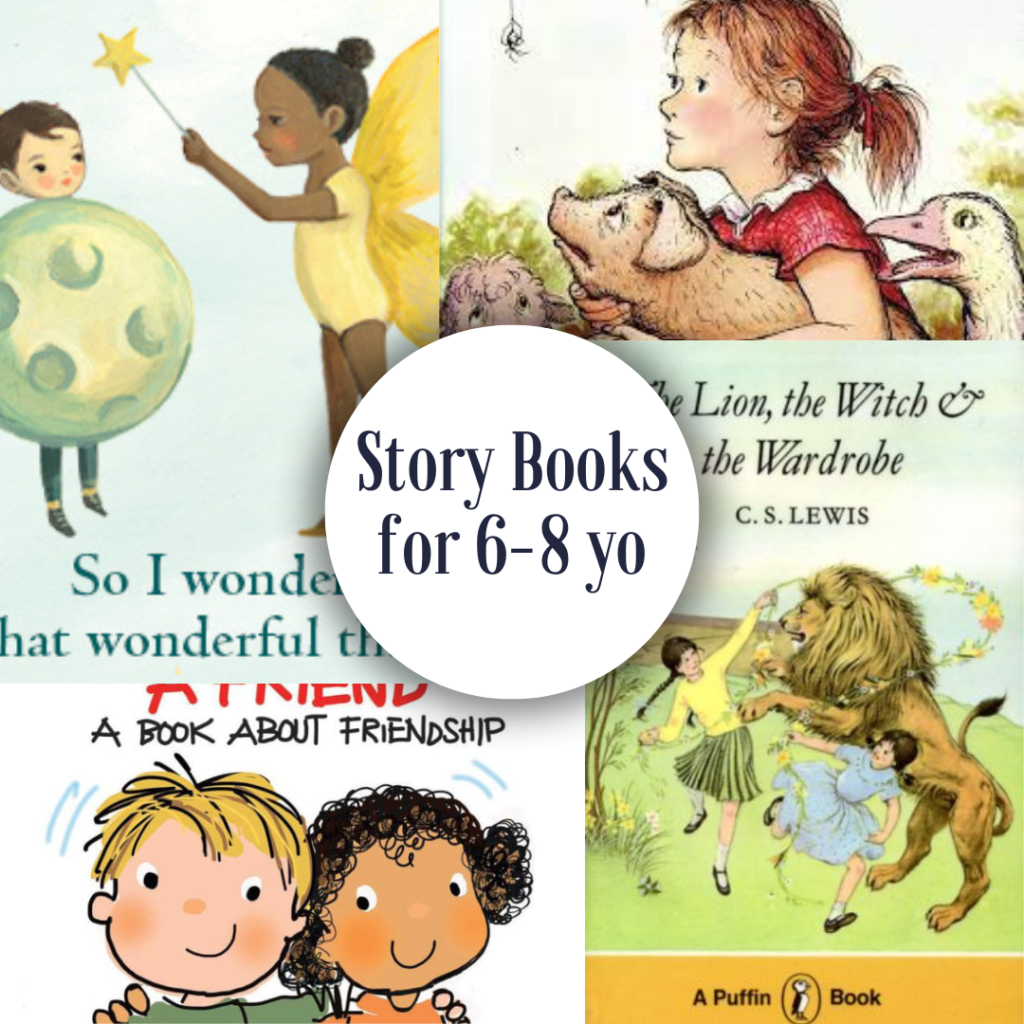
Are you ready to unlock a hidden chamber in your child’s heart? No, not with a mystical key, but with something even more powerful: the enchanting realm of storytelling! Today, we’re not just talking about exciting dragons and giggling fairies, but about a secret treasure tucked within every narrative – the key to building emotional intelligence (EQ) in your little adventurers.
Think of EQ as a magical cloak that shields against life’s bumps and helps children navigate their feelings – from sunny joys to stormy tantrums. It’s the superpower that lets them understand themselves, connect with others, and face challenges with confidence.
Why Storytelling Matters: Storytelling is a gateway to imagination and emotion. It’s through stories that our children encounter a myriad of characters and situations, offering them a safe space to understand and navigate their own feelings and those of others.
Here’s how stories sprinkle some magic on your little reader:
- Understanding Feelings: Characters show all sorts of emotions – joy, sadness, anger, fear, and everything in between. Seeing how they express these feelings helps kids recognize and name their own emotions, which is the first step to managing them.
- Empathy Power: When you connect with a character’s feelings, you’re putting yourself in their shoes. This builds empathy, the ability to understand and share the emotions of others. Imagine feeling happy when a friend gets a new bike, or sharing their sadness when their pet goldfish goes swimming in the sky (sniff!).
- Problem-Solving Potions: Stories are full of challenges and how characters overcome them. This teaches kids about resilience, perseverance, and creative thinking – all important skills for navigating the ups and downs of life.
So, how can you use this “Storytelling Magic” to boost your little reader’s social-emotional intelligence:
- Cozy Reading Time: Snuggle up with your child and read stories together. Ask them questions about the characters’ feelings and how they might handle different situations.
- Act it Out!: Bring the story to life! Use funny voices, silly faces, and even dress up as your favorite characters to act out the scenes. This makes learning about emotions even more fun and engaging.
- Create Your Own Adventure: Encourage your child to make up their own stories or change the ending of a familiar one. This helps them explore different emotions and develop their own unique perspectives.

Every story is a treasure chest full of life learnings. By diving into these age-appropriate books, you’re not just giving your child a fun adventure, you’re setting them on the path of balanced social and emotional development for life!
Ready to cast your storytelling spell?
Grab your wands (okay, books!) and check out these 10 amazing books to foster social-emotional learning (SEL) in your children.
- “The Wonderful Things You Will Be” by Emily Winfield Martin: A vibrant celebration of individuality and potential, reminding children of their unique strengths and the beauty of embracing all emotions.
- “The Day the Crayons Quit” by Drew Daywalt: A playful exploration of frustration and communication, using crayons as relatable characters who express their needs and feelings in ways your child might understand.
- “Corduroy” by Don Freeman: A timeless story about friendship and self-worth, teaching children about accepting themselves and finding their place in the world, even when feeling like they don’t quite fit in.
- “Where the Wild Things Are” by Maurice Sendak: A classic journey through childhood fears and imagination, showing how even the most powerful emotions can be navigated and conquered with a bit of bravery and self-love.
- “The Paper Bag Princess” by Robert Munsch: A delightful challenge to gender stereotypes, celebrating bravery, resilience, and standing up for what’s right, even when feeling scared or underestimated.
- “The Lion, the Witch, and the Wardrobe” by C.S. Lewis: A rich tapestry of adventure, friendship, and courage, showcasing how facing fears and trusting your emotions can lead to triumph over even the darkest forces.
- “Charlotte’s Web” by E.B. White: A poignant story about friendship, loss, and acceptance, offering gentle lessons about dealing with grief and appreciating life’s precious moments, even when they seem fleeting.
- “How to Be a Friend” by Molly Bang: A simple yet powerful guide to friendship, teaching children about empathy, communication, and being a supportive friend, even when disagreements arise.
- “The Rabbit Listened” by Cori Doerrfeld: A gentle tale about active listening and empathy, reminding us that sometimes, the best way to help someone, especially through challenging emotions, is simply to listen with an open heart.
- “The Invisible Boy” by Patrice Barton: A heartwarming story about overcoming shyness and finding your voice, encouraging children to embrace their individuality and connect with others, even when feeling invisible or unheard.
Remember, storytelling is a continuous adventure. Let your child’s interests guide your book choices, and most importantly, have fun! Make silly voices, act out scenes with pillows, and turn bedtime into a magical portal to new worlds. With each shared tale, you’re not just reading – you’re weaving your child’s emotional superhero cape, one page at a time.
So, grab your book, snuggle closer, and let the storytelling magic spin!

Add a Comment